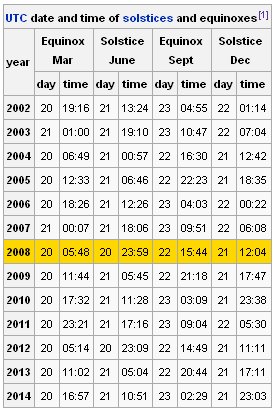|
TRANSLATIONS
My parallel work with the glyph dictionary has high priority and at the same time the work fuels the translation process. I must secure the foundation of the translations process by way of the 'high-level' part of the glyph dictionary, and the 'high-level' part must be correct - for instance not stating more than what is possible to confirm. Therefore, in GD12 (hetuu) I have revised this part and with red marked (only now and here) the new text:
This reminds me that I must continue (at some point when there is an opportunity) with the process of recreating the number of missing glyphs in H. In GD13 (rei miro) I have tried to clarify the text in a few places:
It now dawns upon me that 180 days for summer is no rough approximation, it may instead be a rather good measure for the length south of the equator. Earlier I calculated from a few of my pocket calendars and reached:
Summer (the 3rd quarter) is approximately 5 days shorter south of the equator. (365 - 5) / 2 = 180. If summer is defined as the period between spring and autumn equinox, we get 90 + 89 = 189 days south of the equator and 93 + 94 = 97 days north of the equator. The difference becomes slightly more pronounced. Yet I have, when calculating the numbers in the table used a rather simple and unsophisticated method. Wikipedia:
|
||||||||||||||||||||||||||||||||||||||||||||||||||||||||||||||||||||||||||||||||||||||||||||||||||||||||||||||||||||||||||||||||









